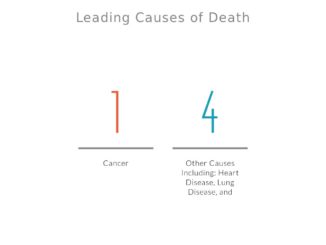
Advanced prostate cancer often metastasizes to the bone. Metastatic prostate cancer survival rate when the cancer spreads to the bone is very low. However, the prognosis is still slightly better compared to liver metastases.
When someone is diagnosed too late with prostate cancer, there is 60 percent chance that the cancer will spread to the bone. When the cancer has metastasized to the bone, the treatment will become more complex. As a result, the metastatic survival rate for bone metastases can be less than 40%. Most patients of bone metastases can only survive for around 19 to 21 months after diagnosis.
Since prostate cancer is a slow growing cancer, many patients don’t really notice the symptoms. As a matter of fact, more than 50% of patients are diagnosed with prostate cancer when it has spread to the bones. In this case, to improve metastatic prostate cancer survival rate and also to ensure effective treatment, the GP must be able to recognize whether the cancer is originated in the bones or it is a metastasis of cancer from other locations.
The symptoms of involve painful urination, blood in the urine and also disrupted flow of urine. However, if the cancer has spread to the bones, the patients will experience additional symptoms that are not related to the early symptoms. In the case of bone metastases prostate cancer, the symptoms include pain in the affected area, weaker bones, sudden fractures and also paralysis. Ribs, spine and hips are usually the location affected by the cancer. However, it is not impossible that the cancer also appears in the other bones.
Diagnosis and Treatment
Bone metastases can be pretty hard to diagnose because the symptoms are similar with arthritis. However, when a prostate cancer patient feels some symptoms in the bone area, it is best to check it immediately because there is a high chance that the pain is a sign of bone metastases.
Bone scan is one of the most effective methods to diagnose bone metastases. This method utilizes radioactive tracer that is injected intravenously to the patient’s vein. If the symptoms are caused by cancer, the area will appear dark in the camera.
When the cancer has spread to the bones, the treatment plan must be adjusted. Hormone therapy might not be the best option because it is known to weaken the bones. In addition to radiotherapy, Bisphosphonates is often used as additional treatment to strengthen the bones.
Proudly WWW.PONIREVO.COM



